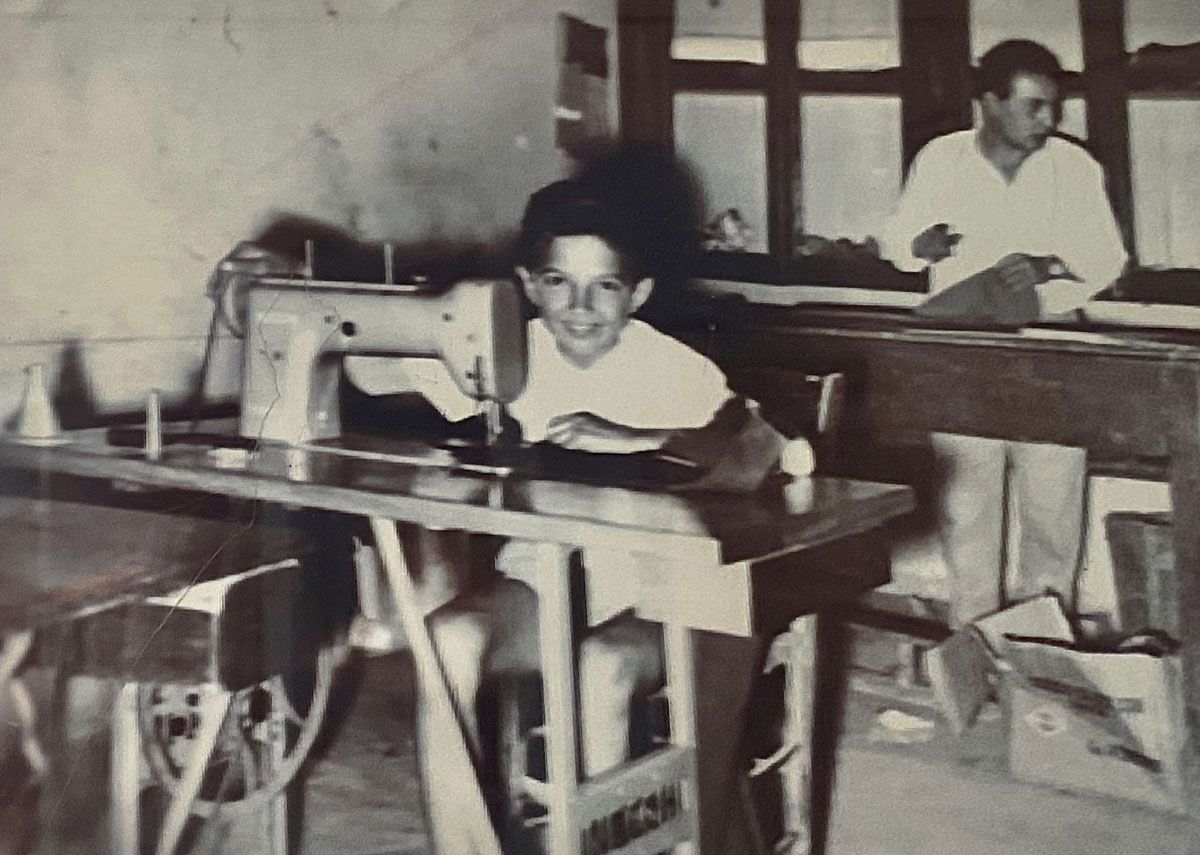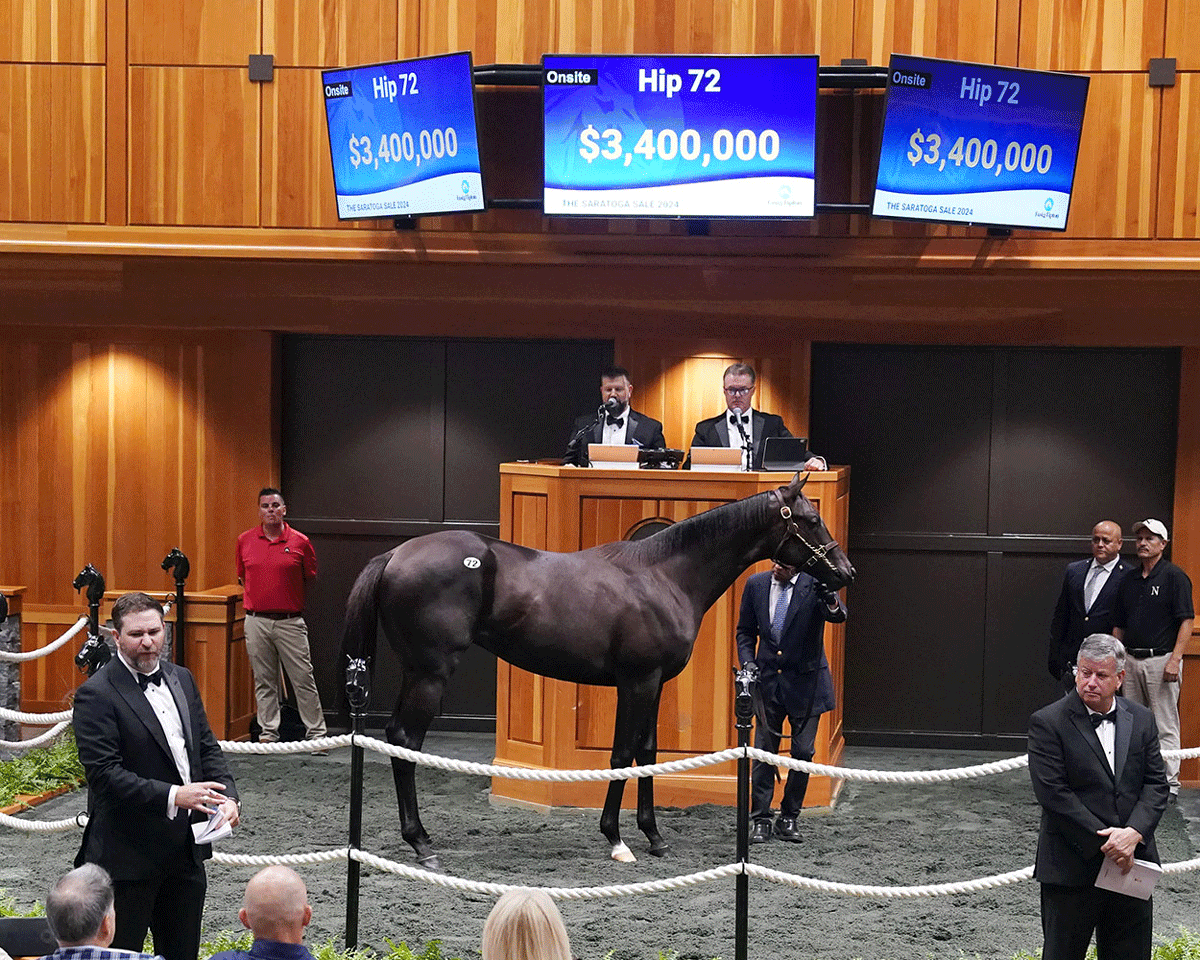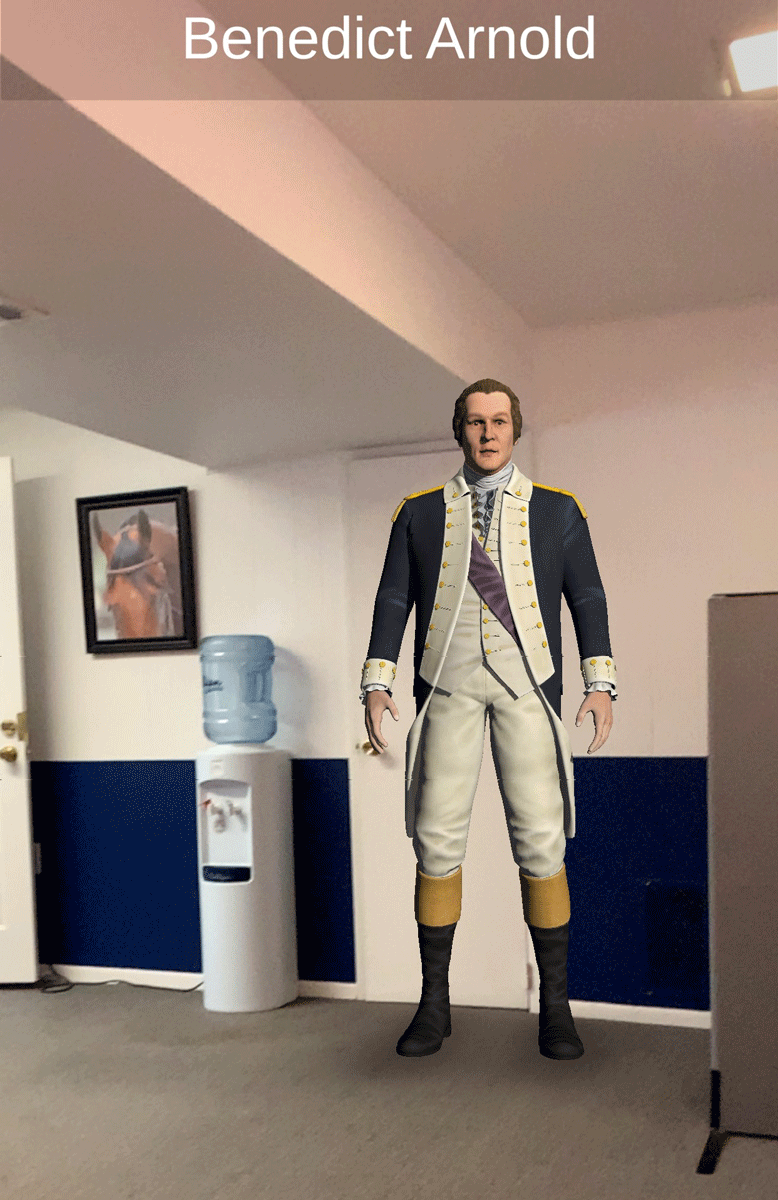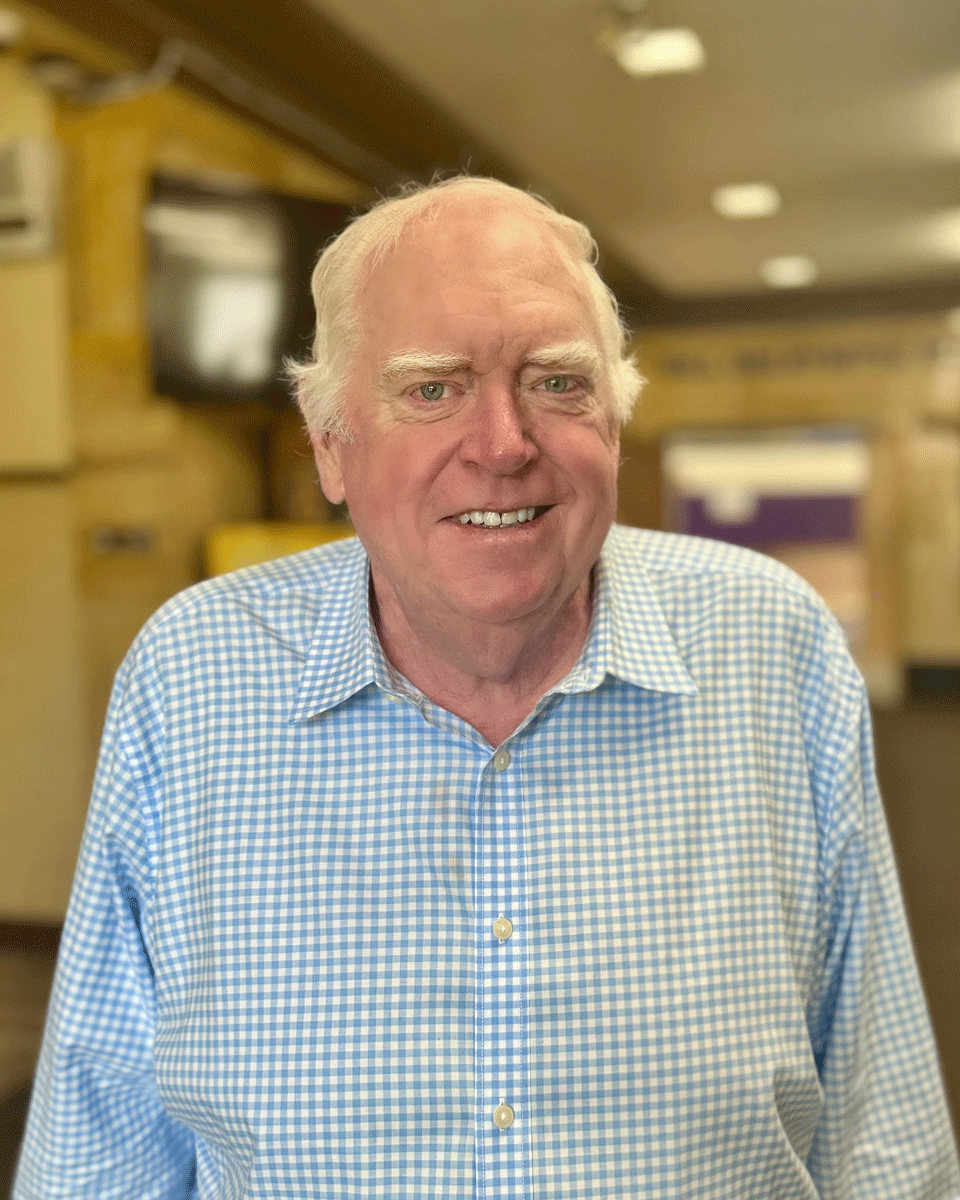Talk of The Town: City Speaks on Public Comment
SARATOGA SPRINGS — Verbal clashes and public threats. Sudden shutdowns. A head-butting incident. Warnings of police intervention and events highlighted for inclusion in political campaigns.
For several decades, Public Comment periods at City Council meetings in Saratoga Springs have brought a boisterous medley of all the above. The question raised time and again: Who can speak, when may they speak and how long are they allowed do so?
Recently, the council was presented with a potential new wrinkle to its Rules of Decorum and Order when a member of a local group opposed to a measure under council consideration was invited to expand on those opinions for an extended time.
Last year, John Safford was elected city mayor based, at least partially, on a platform that promised to “return civility to City Hall,” and pointed directly to activities during the council’s twice-a-month meetings.
“Public Comment has been a subject that was very much a part of this last election,” Mayor Safford said shortly after taking office on Jan. 1, 2024, when bringing new Rules of Decorum and Order to the table. The new council – comprised of two new council members and three returning ones – voted 4-1 to adopt the measure.
The new rules instructed 30 minutes be set aside at each meeting for public input, with each speaker limited to three minutes to address the council as a whole. A digital clock with backwards-running time has since been stationed in front of the speakers’ microphone, its numbers changing colors while winding down to depict a growing time-sensitive urgency, ultimately concluding with a clamor of noise at zero.
“The three minutes is very important,” explained Mayor Safford. “Once that clock goes off, you must stop. Even if you’re in the middle of the sentence.”
Similarly, the NY State Committee on Open Government advises that during an open meeting when a public body chooses to permit public participation, it must treat all persons in a like manner.
There have, however, been variances. While some speakers who extend beyond their allotted time have been verbally halted, others have been granted extra talking time to reach their conclusion. The discrepancy, and its resulting appearance of a potential lack of fairness, has initiated a new conversation at the council table.
During the most recent preliminary agenda meeting, former city Mayor Mike Lenz spoke as a public commentator within the allowable three-minute segment. Following the move from the public comment session to departmental agenda items some time later, the council engaged one another in a five-minute discussion regarding the proposal when Lenz raised a question from the audience.
“I’ll entertain your question former mayor, come on up,” offered council member Dillon Moran. “It’s important that you guys feel that you’ve been heard.” Lenz returned to the mic where he discussed the matter with the council for an additional 12 minutes.
Council member Minita Sanghvi raised a question about whether fairness to all was being exhibited, pointing to one speaker, but not other speakers, being invited to elaborate on a topic up-for-vote. “I have a process question. This is great that people get answers, I’m not opposed to this, but if we are doing X for someone and not X for someone else, that’s where we get into problems,” Sanghvi said. “We want all our constituents to feel that they can be heard, not just some.”
“Sometimes there are exceptions that we have to honor,” Mayor Safford said. “I am very sympathetic to their concerns and just want to make sure we are all very clear about what is going to be in that lease,” Mayor Safford said, regarding the proposal the council was considering. “We definitely want the people from the school to know we hear them.”
Sanghvi elaborated during the council’s full agenda meeting a day later about what she called “exceptions” being made allowing “some people to talk more than others,” while “some are shushed…Rules have consistently been broken. “
Commissioner Moran, who had entertained the returning discussion a day earlier, added: “I will take personal ownership for what occurred during the pre-agenda meeting, but I think the point the commissioner (Sanghvi) brings up is a valid one, because it’s a lot more than just this meeting she’s referring to,” he said.
During the meeting, a person representing the group in favor of the proposal was cut-off after three minutes during the public comment session, then allowed to return for another 90 seconds to continue their thoughts later during that same session, although no dialogue with the council was entertained.
A council or board has the prerogative to seek someone’s testimony to provide further board consideration on a topic it lacks clarity on, but there is a fine line to toe in terms of fairness or a potentially perceived favoritism in the matter. Presumably the council will need to define where that line is in the future.
“There is a difference between providing comment during an open mic session, and being invited by a board to answer further questions regarding a matter they need clarity on – that is sort of more of an invited speaker status,” said Shoshanah Bewlay, Executive Director of the New York State Committee on Open Government.
“There are obviously situations where any process can be abused,” she added, speaking in general terms, “if there is some kind of favoritism being shown to one commentor because the board was somehow sympathetic and wanted to get more information because it suited them in some partisan type of way.”
“If we are allowing members of the public to talk for an extended discussion in the middle of the meeting, we need to have a defined process of when this is permitted,” Sanghvi said. “You can’t just keep making exceptions for people you like, and not for people you don’t like. That’s not how you can run a meeting fairly or civilly.”
“I hear what you’re saying,” Mayor Safford responded. “Give us some time to think about it.”
It is not known if or when the discussion will be revisited at the council table. The council next meets on Tuesday, Aug. 20.

















